Editor’s Note: This post is written by a member of LTV’s sponsored content team, The Leisure Explorers. Do you own a Leisure Travel Van and enjoy writing? Learn more about joining the team.
Many of us travel with traditional or electric bikes and both require routine maintenance. If you’re like me and use an exterior bike rack, they are exposed to the elements of weather and road travel. All bikes need some simple maintenance to keep them operating smoothly and to keep you from becoming stranded far from your RV. The basic components of a bike are the same, regardless if it’s electric or human-powered. Most bikes consist of three main components, chain, tires, and brakes. In this story, I’ll cover a few of the simple tasks you can do to keep your bike working smoothly.
Chain Maintenance
One of the most critical components of a bike is the chain. Chains will wear after time and stretch. If the chain becomes stretched it can lead to premature wear of the chainring and cassette or sprockets. If the chain becomes worn enough it can break and leave you stranded. The best and easiest recommendation for chain maintenance is to keep it clean and lubed. After traveling to a new location, if you plan to ride, clean the chain beforehand. Most of us travel with our bikes mounted outside our RV exposed to the elements. As many of you have probably noticed, our bikes pick up a lot of road grime just in the process of traveling.
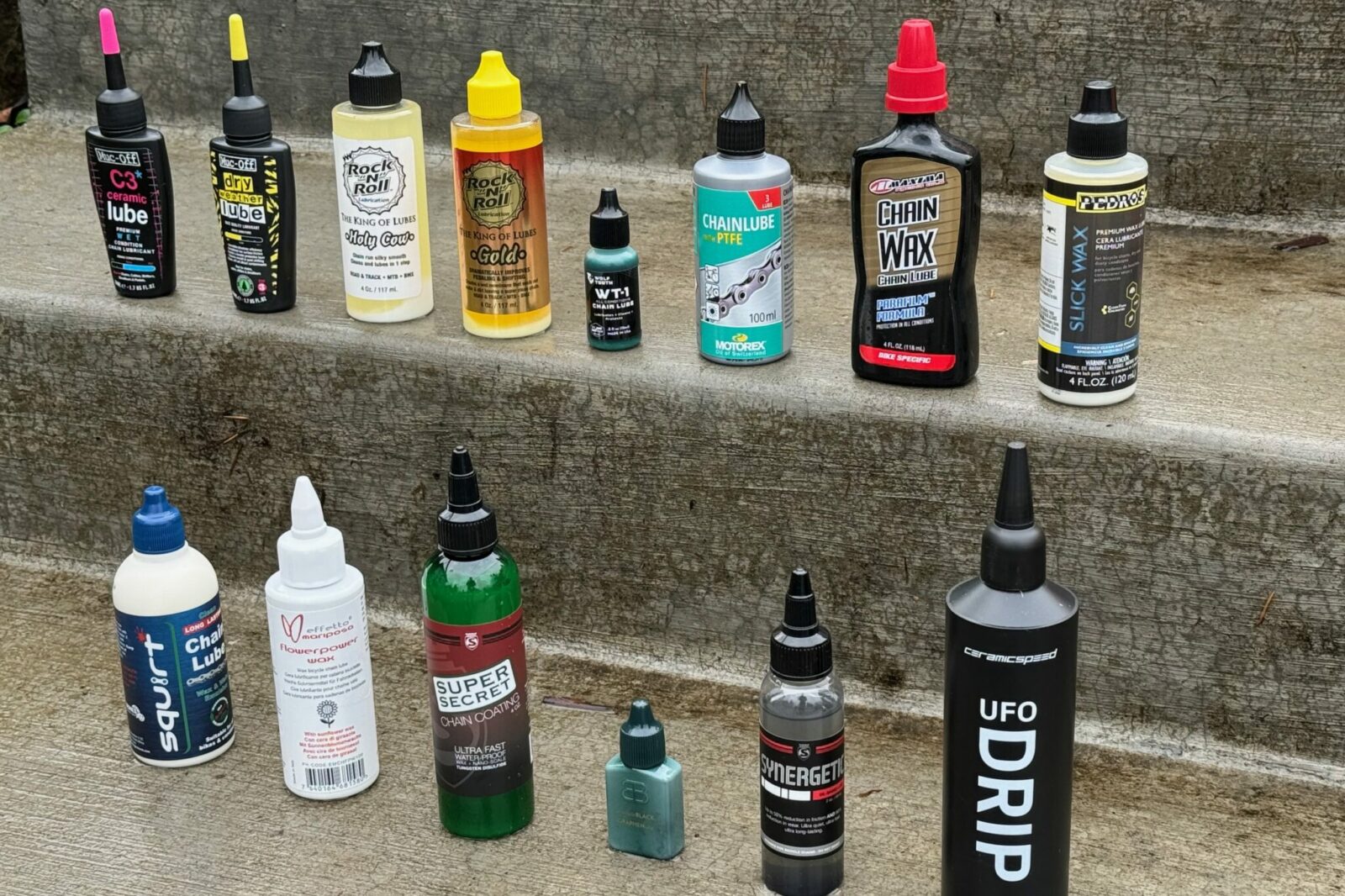
To clean the chain, you will need a cloth and lube. I prefer a microfiber cloth and use a good chain lube. There are many types of bike-specific chain lubes available, I suggest purchasing one of these. Bike chain lubes are formulated for specific conditions, everything from dry or wet lubes to handle various conditions. To clean the chain, apply the lube to the chain first and then wipe the chain with the cloth. The lube will help flush out the dirt and the cloth will remove the excess lube and dirt. The purpose is to clean the chain and you won’t be able to remove all the lube, so wiping the chain with the cloth will still leave an adequate amount of lube. It’s best to apply the lube so that it has time to dry and penetrate, so I typically clean and lube after a ride so it’s ready for my next ride.
Tires
Every bike that I know of has tires and they eventually wear down with the miles and deteriorate with time and weather. Just like the tires on your Leisure Travel Van, bike tires also need constant monitoring. Check your tires for cracks and potential punctures. Items such as nails, tacks, glass shards, and nature’s thorns can easily puncture a tire. On today’s bikes, tires can come tubed or tubeless. Make sure you know which ones you have since each requires different maintenance and flat repair solutions. If you have tubed tires, having a flat repair kit and a couple of extra tubes is always a good idea.
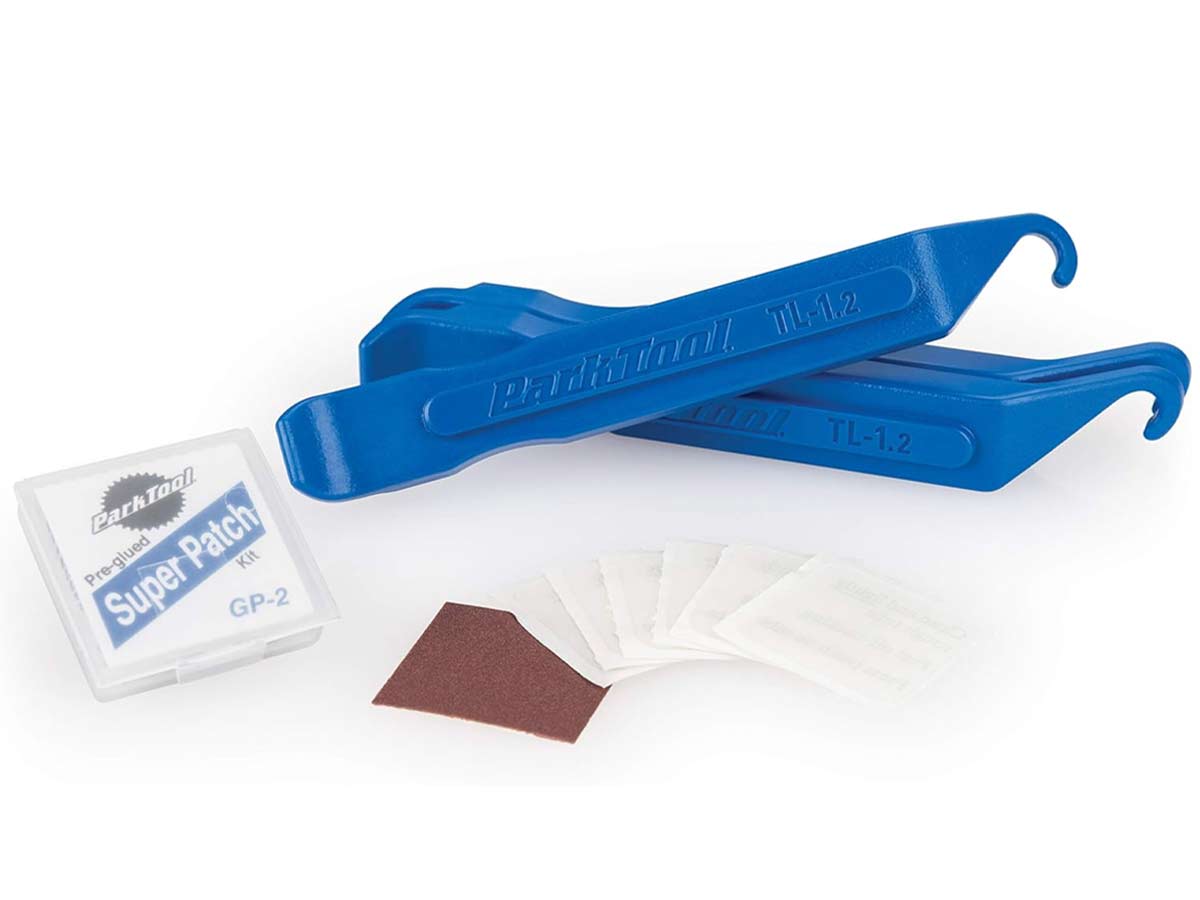
Tubeless tires will typically run at a lower pressure and require sealant, which will provide a self-sealing benefit in case of a puncture. To keep the self-sealing properties working correctly, you must occasionally replenish the sealant in the tires. In most cases, additional sealant should be added about every 2-7 months depending on environmental factors like temperature and humidity but also how much you ride. Depending on the brand of sealant you choose follow their instructions. The two sealants I am familiar with are Stan’s and Orange Seal. Both are well-established in the bike industry and can be found in just about every bike shop. These sealants can also be used in tubes, though I personally have never done that. To install the sealant, you will need a valve core removal tool in order to remove the valve core.
Air
Something we all take for granted, and usually essential for a good bike ride. There are solid cores that can take the place of a tube, but most bike tires require air. Before every ride, you should check the level of air in your tires. Too much air and it can make for a rough, bumpy ride. Too little air and you might have to work much harder to pedal your bike, which can ruin a tire. It’s basically the same concept as the tires on any vehicle. I check the pressure of my tires before every; I’ll say it again, EVERY ride I do. Even without a puncture, tires lose air, some quicker than others.
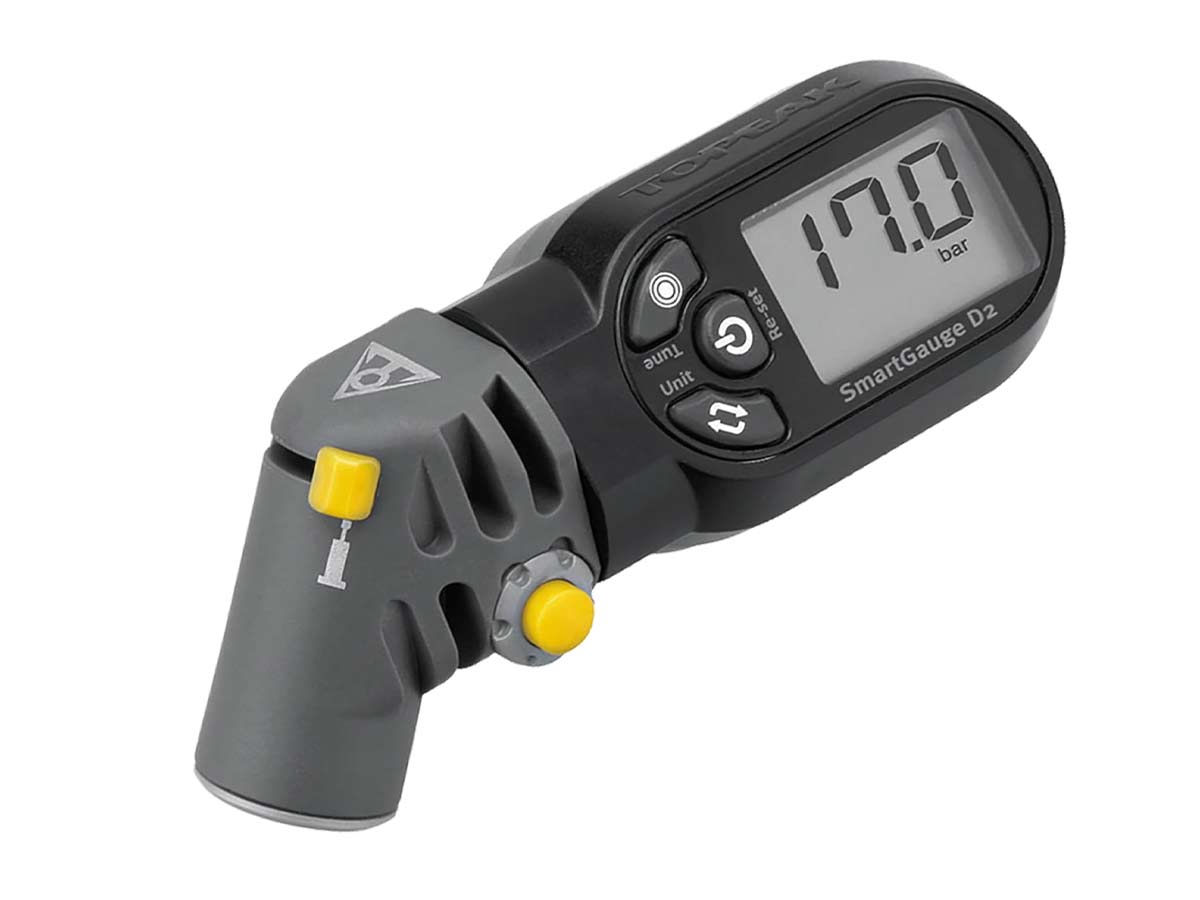
The amount of pressure in a bike tire affects the comfort of your ride, the traction of the tire and the puncture prevention or blow-out possibilities. Make sure you know the recommended pressure for you type of tire and riding you plan on, and then maintain it with a pressure gauge. As an example, my road bike will have a pressure of 95-100 psi, my gravel bike 30-35 psi, and my mountain bike 17-19 psi. It’s dependent on my weight and the type of riding I plan.
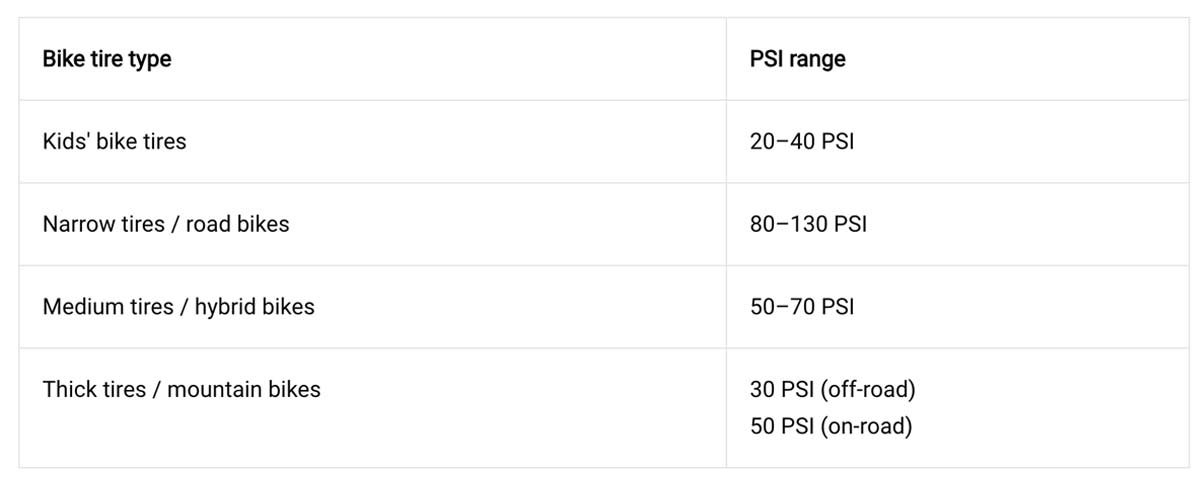
Brakes
Like any vehicle, it’s critical that brakes work when you need them. Brake maintenance is one of those items that, for the most part, you can forget about. But proper maintenance can ensure less expensive fixes in the future. Today’s bikes typically consist of two types, disc or caliper, either cable-operated or hydraulic. The basic maintenance with brakes is to keep them clean. This means depending on the type you have, you may need to clean the pads and disc or clean the pads and rims of your wheels. An alcohol-based product is best for cleaning pads and discs.
If your brakes are dragging or making excessive noise, it may be time for new pads regardless of the type you have, or adjustment. Brakes can get out of center and cause them to rub. Disc brakes are very similar to an automobile and will excessively screech if too worn. These can be easily replaced, but if it’s something you don’t feel comfortable with, then I suggest getting a bike shop to do it for you.
Cleaning
If you’ve noticed throughout most of these topics, the best bike maintenance is keeping components clean. If your bike starts to make unnatural sounds or doesn’t operate or shift as smoothly as it used to, the first thing to do before making adjustments is to give it a good cleaning and lube. I’ve found on many occasions that issues with my bikes come down to a dirty bike. In order to maintain your bike to its best operating condition, basic cleaning and maintenance is key. There are various products specific to bike cleaning that can make the job easier. One company that makes products I like to use is Muc-Off. They even make a low-pressure washer specifically made for bicycles and motorcycles. I’m sure it could even do other duties relevant to our RVs. If you wish to keep it simple though, a few micro-fiber clothes and a simple spray cleaner should do the trick!
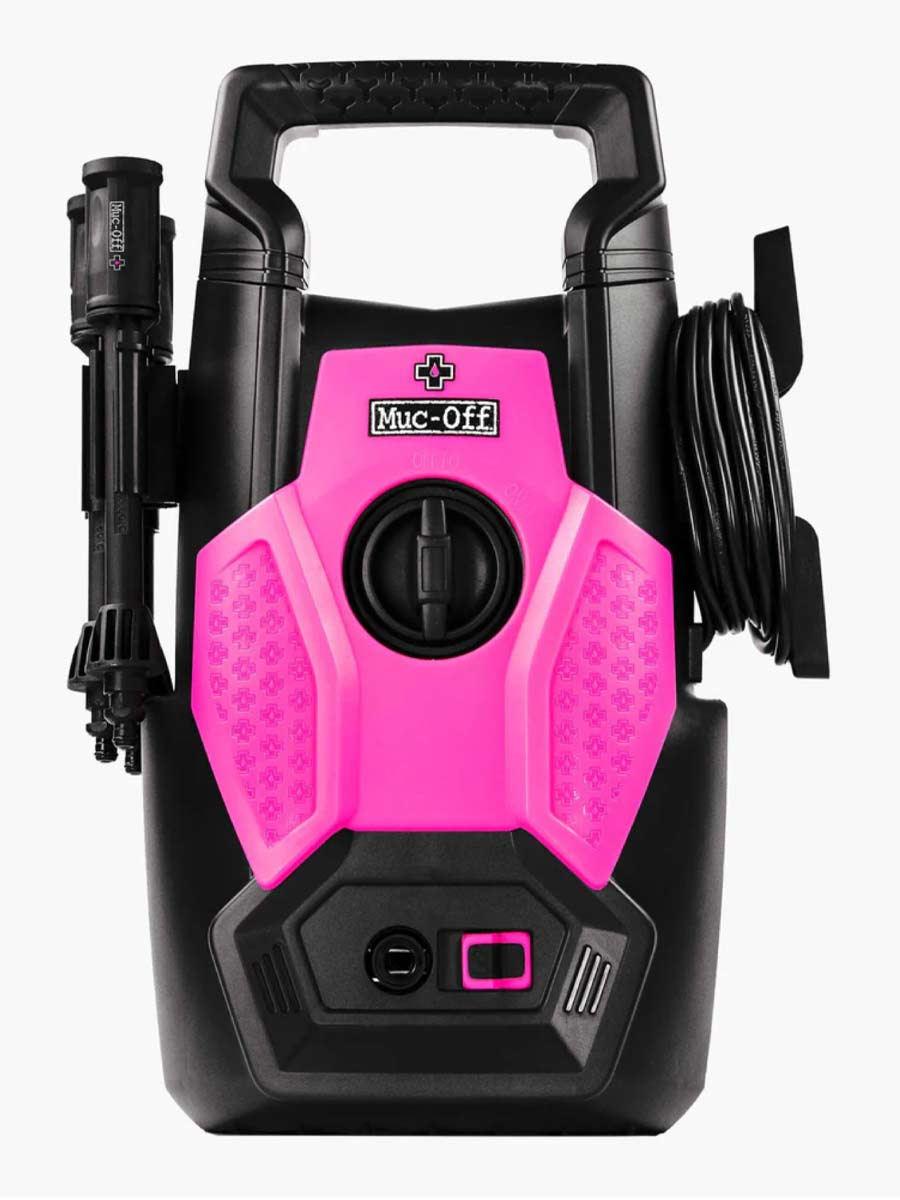


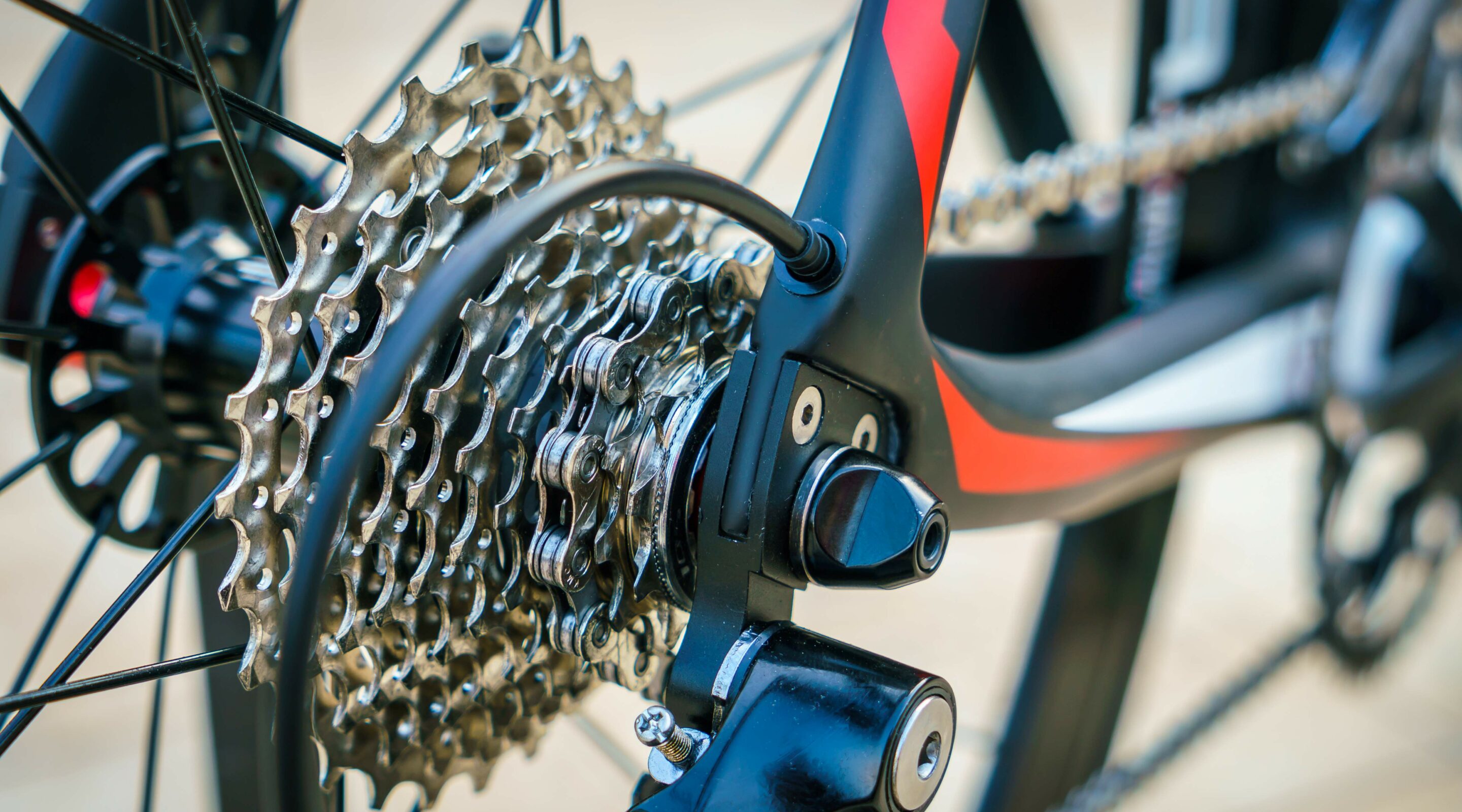
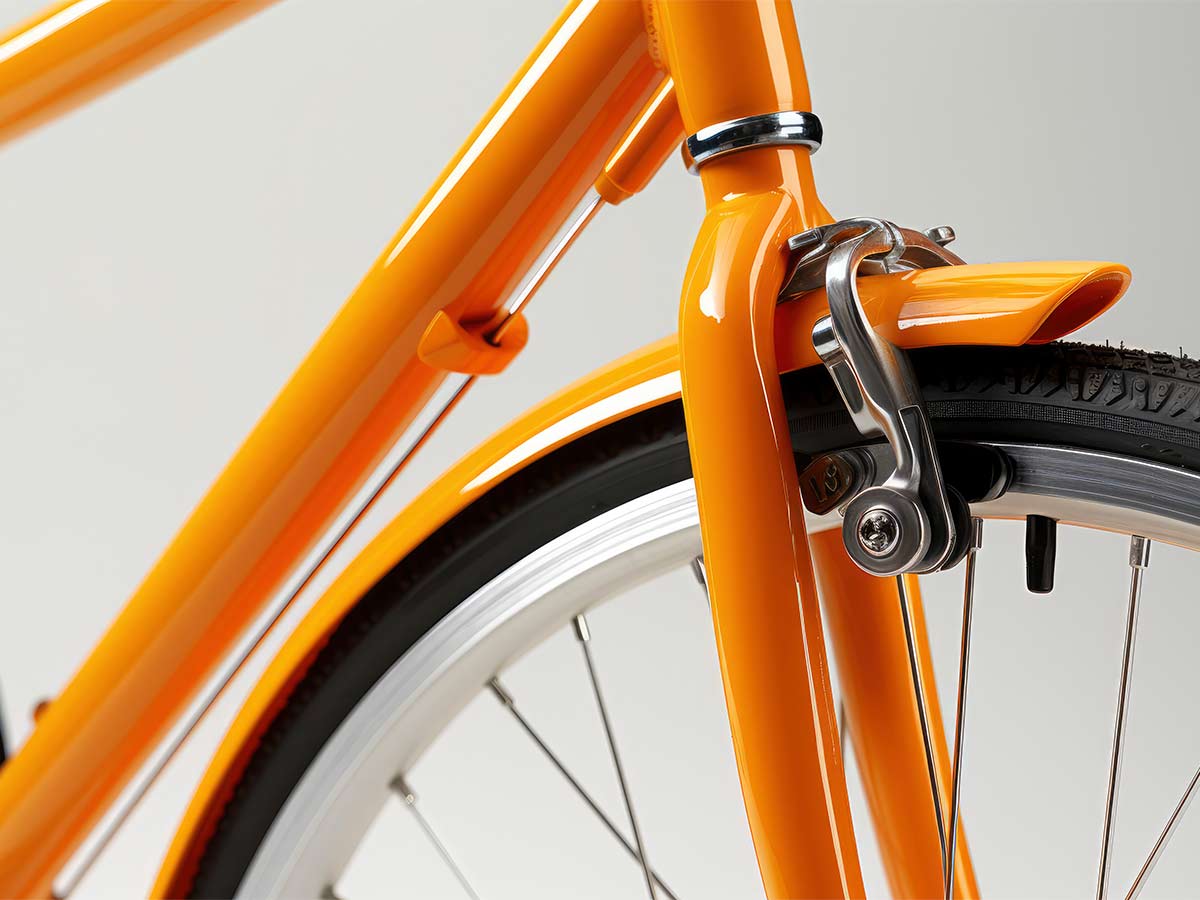
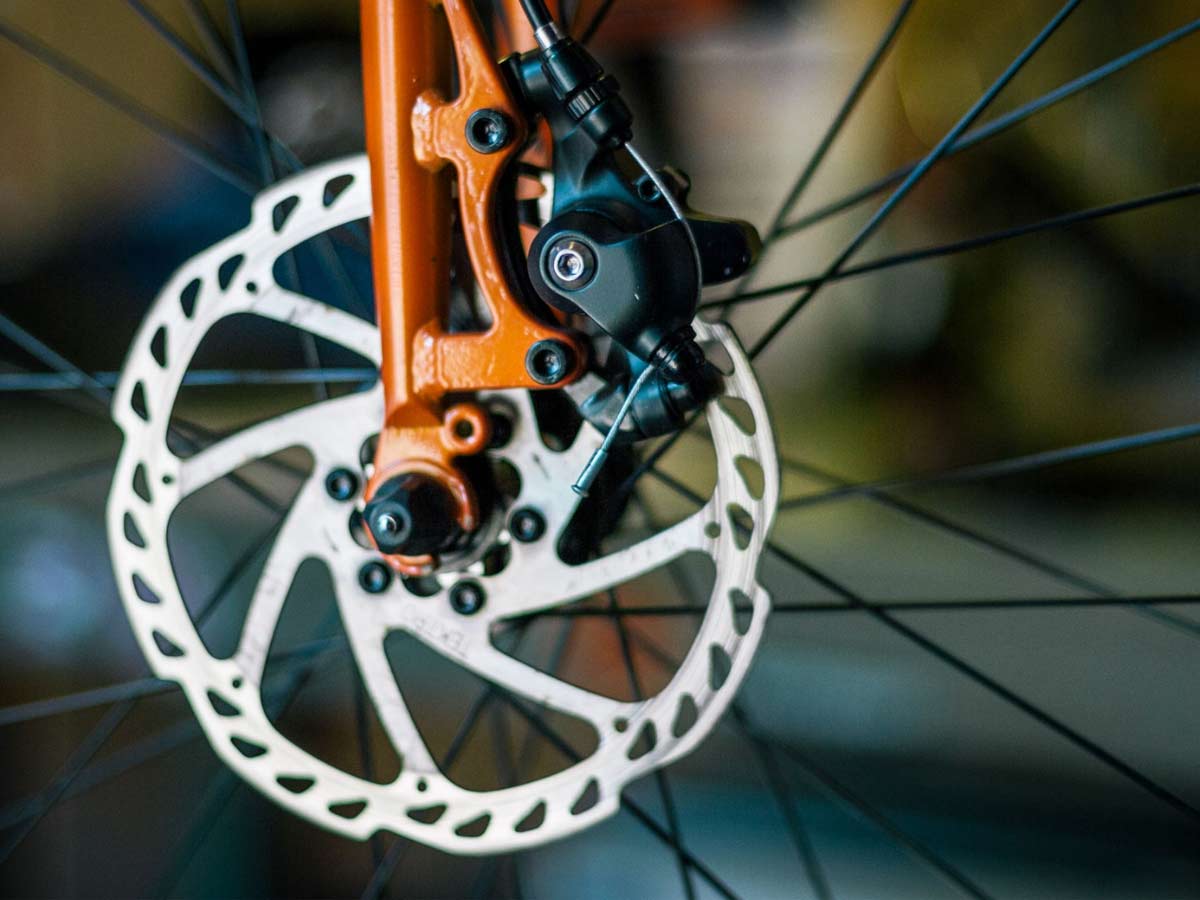
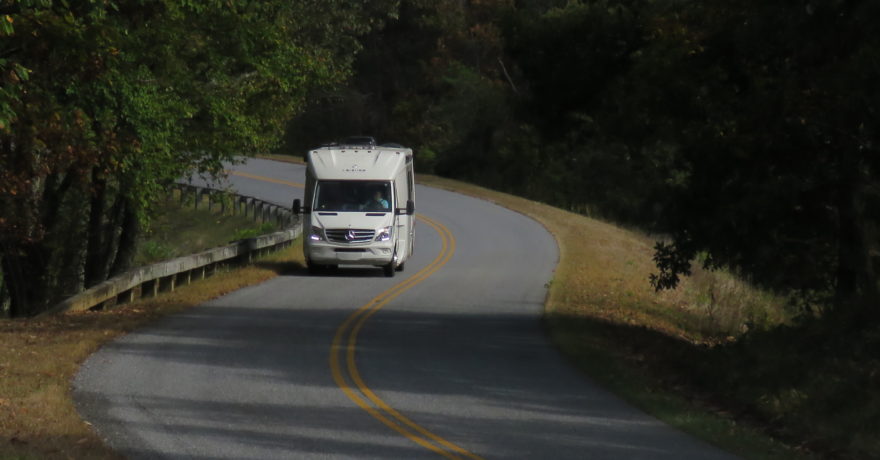
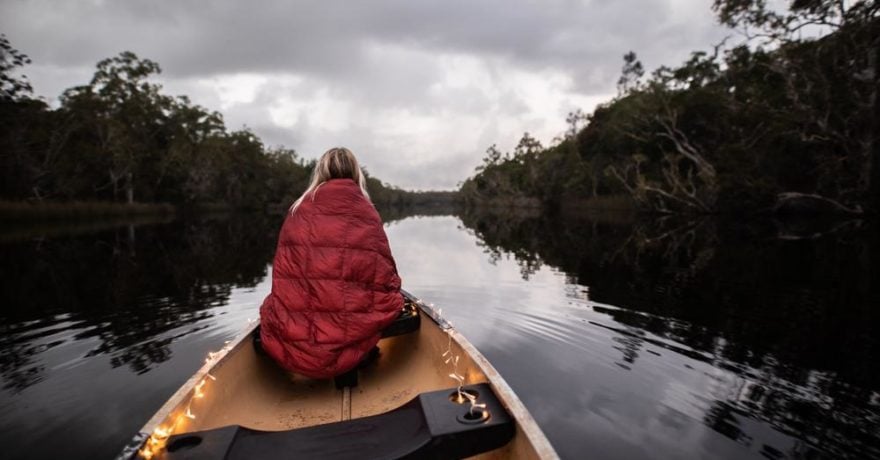
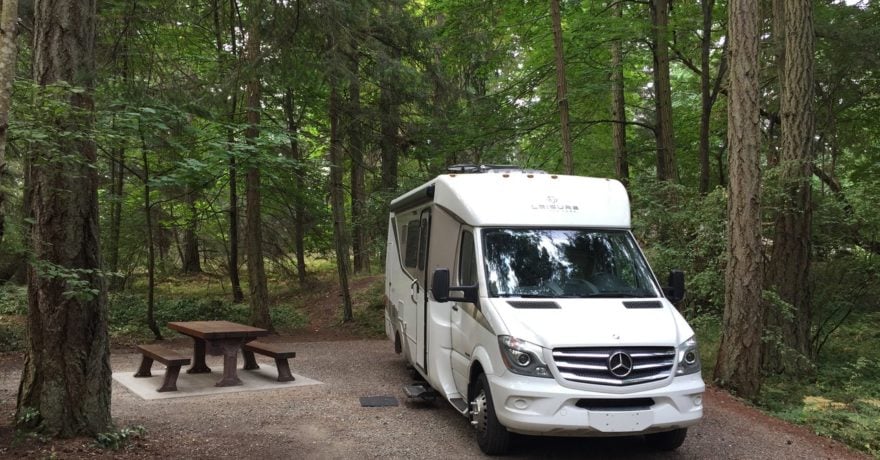
Comments